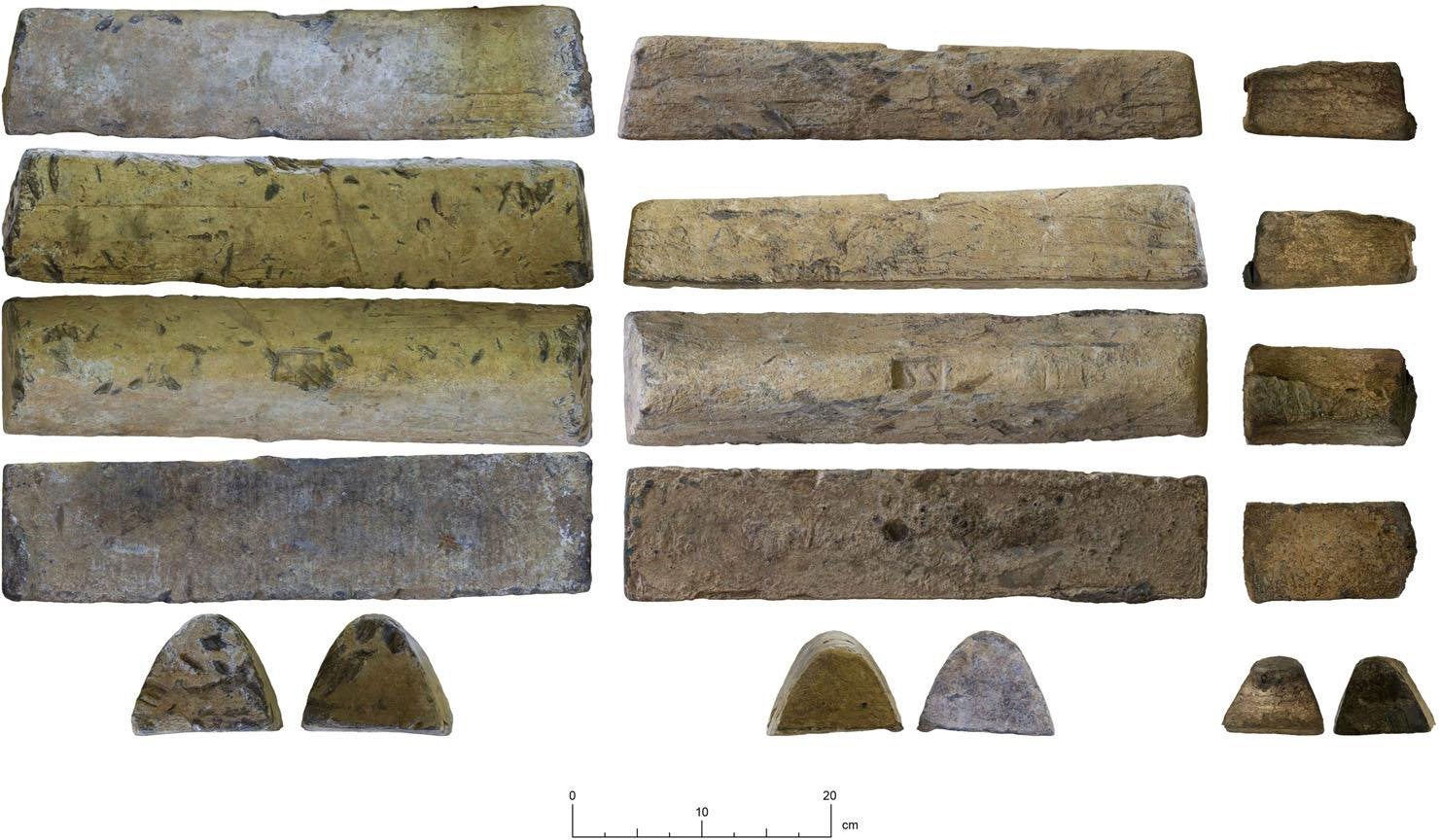Roman treasure trove found by construction workers in Spain could help explain empire’s downfall
Northern Cordoba may have been an ancient mining town complete with foundry, processing area and fortress

A cache of Roman-era lead ingots has been unearthed by workers laying a gas pipeline in northern Cordoba, Spain, shedding new light on the empire’s trade in the toxic metal that some say may be linked to its downfall.
The three triangular ingots, weighing between 24kg and 32kg, were found in the last century during work on the Maghreb-Europe gas pipeline.
Now, archaeologists analysing the ingots from the first century AD say Cordoba was the main centre for lead smelting in the ancient Western world.
The new research, published recently in the Journal of Roman Archaeology, states that this region produced lead for numerous everyday items such as spoons, tiles and pipes.
Lead was commonly used in the Roman Empire, with aristocrats using cooking vessels and water pipes made of the metal.
Some wealthy Romans even added lead acetate to their wine to sweeten it, unwittingly poisoning themselves with the neurotoxin.
Some historians suggest that widespread lead poisoning of its rulers likely played a role in the mighty empire’s downfall.

Two of the ingots found in Cordoba have an identifying mark, revealing the importance of lead mining in the central Sierra Morena region during the Roman period.
The mark is “S S”, referring to Societas Sisaponensis, a mining company in La Bienvenida, a region famous for producing mercury mineral cinnabar.
Researchers suspect the triangular shape of the ingots, optimised for storage, as well as the mark show they were meant to be exported on ships.
This implies that mining in northern Cordoba was not just meant to produce lead and silver for local use, but also for export, placing it as a key hub in the Mediterranean metal trade.
Analysing the metal composition of the three ingots, researchers determined that they had a common origin, coming from the same site where they were discovered.
Archaeologists are puzzled that the ingots were found in the same area where they were produced since most metals from the time meant for export are usually found in shipwrecks at the bottom of the Mediterranean sea.
“This information demonstrates that in antiquity the northern regions of Cordoba boasted major metallurgical networks of great commercial and economic importance in the Mediterranean,” Antonio Monterroso Checa, a co-author of the study, said.
The findings also suggest that metal workers in ancient Rome likely had a greater level of industrialisation, skill, and knowledge for metal manufacture than previously thought.
The Cordoba site may have been an ancient mining town complete with a foundry, a processing area and, possibly, a fortress, researchers suspect, adding that “all this remains to be studied”.
Join our commenting forum
Join thought-provoking conversations, follow other Independent readers and see their replies
Comments